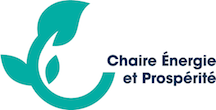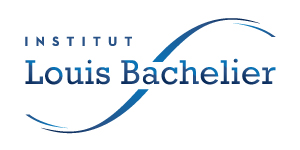As part of the research agenda of the AFD and the Chair Energy and prosperity in developing new stock-flow macroeconomic ecological models, we have invited Yannis Dafermos to present his work on:
A stock-flow-fund ecological macroeconomic model
Abstract:
This paper develops a stock-flow-fund ecological macroeconomic model that combines the stock-flow consistent approach of Godley and Lavoie with the flow-fund model of Georgescu-Roegen. The model has the following key features. First, monetary and physical stocks and flows are explicitly formalised taking into account the accounting principles and the laws of thermodynamics. Second, Georgescu-Roegen’s distinction between stock-flow and fund-service resources is adopted. Third, output is demand-determined but supply constraints might arise either due to environmental damages or due to the exhaustion of natural resources. Fourth, climate change influences directly the components of aggregate demand. Fifth, finance affects macroeconomic activity and the materialisation of investment plans that determine ecological efficiency. The model is calibrated using global data. Simulations are conducted to investigate the trajectories of key environmental, macroeconomic and financial variables under (i) different assumptions about the sensitivity of economic activity to the leverage ratio of firms and (ii) different types of green finance policies.
Découvrez en ligne la dernière newsletter et inscrivez vous pour recevoir la prochaine


